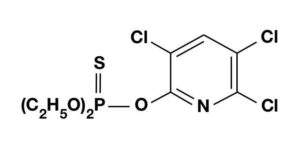The drift effect represents the movement of the plant protection product in the atmosphere, as particles suspended in the air, from the treated area to any non-target site, at the time of distribution. Drift therefore does not include the transport of the plant protection product through the atmosphere in gaseous form, generally defined as volatilisation, nor the removal of soil particles containing the product due to wind.
There are basically two types of drift:
1. on land or on watercourses in the vicinity of the treated area; and
2. in the atmosphere with remote transport.
The effects of drift are of different nature and in general are mainly attributable to the following categories:
Ø effects on human and animal health due to direct contamination;
Ø effects on the water quality of surface water bodies;
Ø contamination with residues of unauthorised plant protection products from crops (organic and non-organic) other than those treated;
Ø damage by phytotoxicity on crops adjacent to the treated areas.
In order to allow drift reduction, appropriate mitigation measures should be taken:
1. Assessment of the weather conditions and in particular of the meteorological elements at the time of spraying (e.g. temperature, relative humidity, presence of wind, turbulence, thermal inversion).
2. Drift interception by means of practices aimed at minimising the amount of droplet deposition on non-target surfaces by means of physical protection barriers: buffer strips, hedges, etc.
3. Production of drops of such size as to be less affected by drift. In this case it is possible to operate on the characteristics of the sprayed jet and fluid-dynamic and aerodynamic aspects connected (by means of anti-bank nozzles, anti-bank additives, bar height, dispensing pressure, feed rate and, for atomizers, fan flow rate, etc.).

